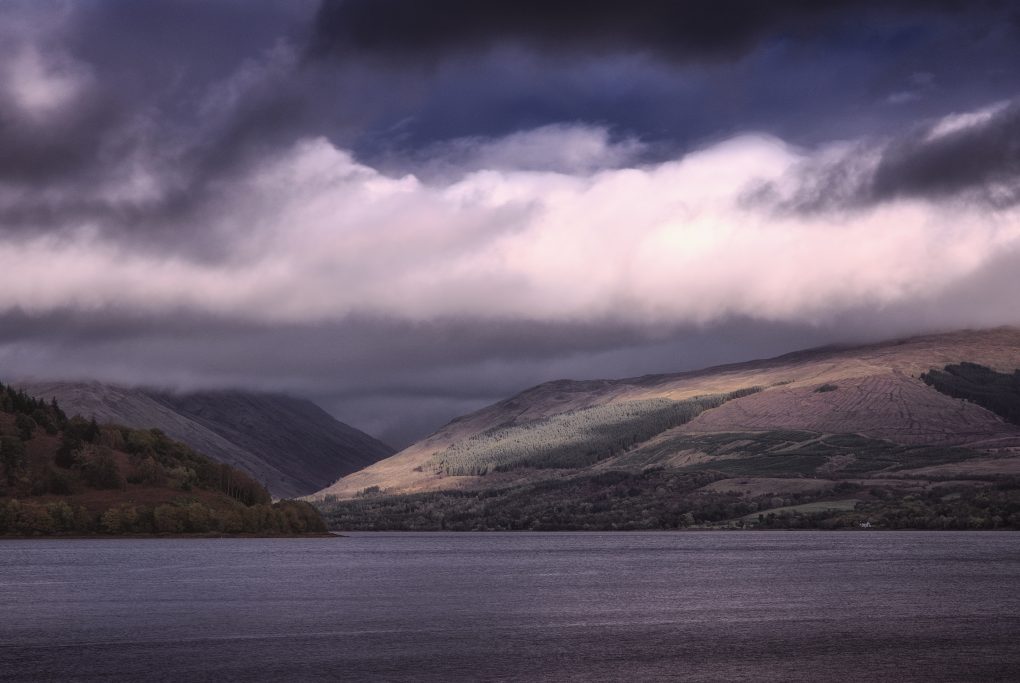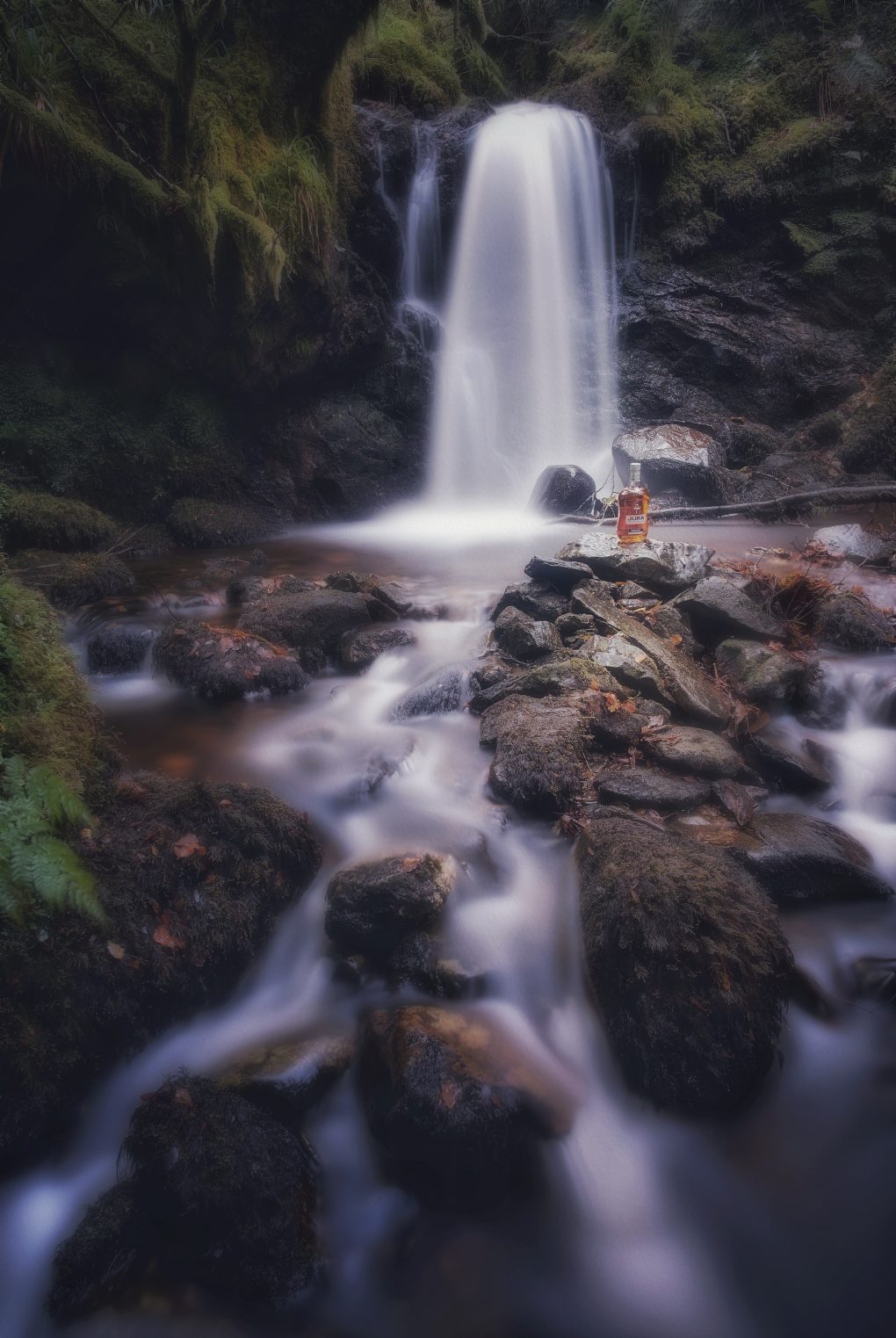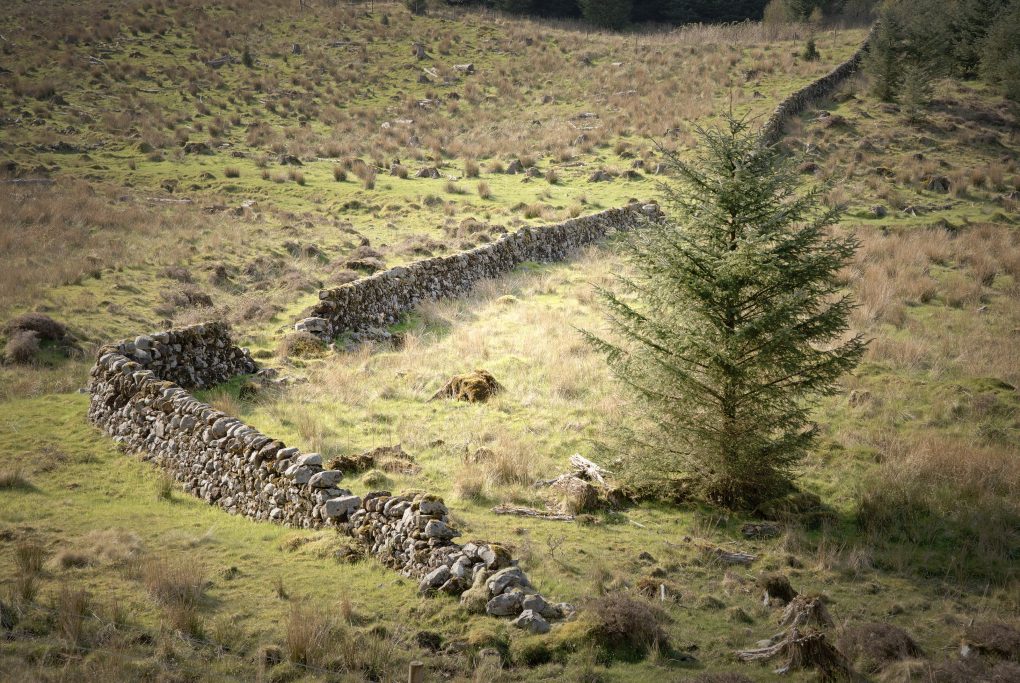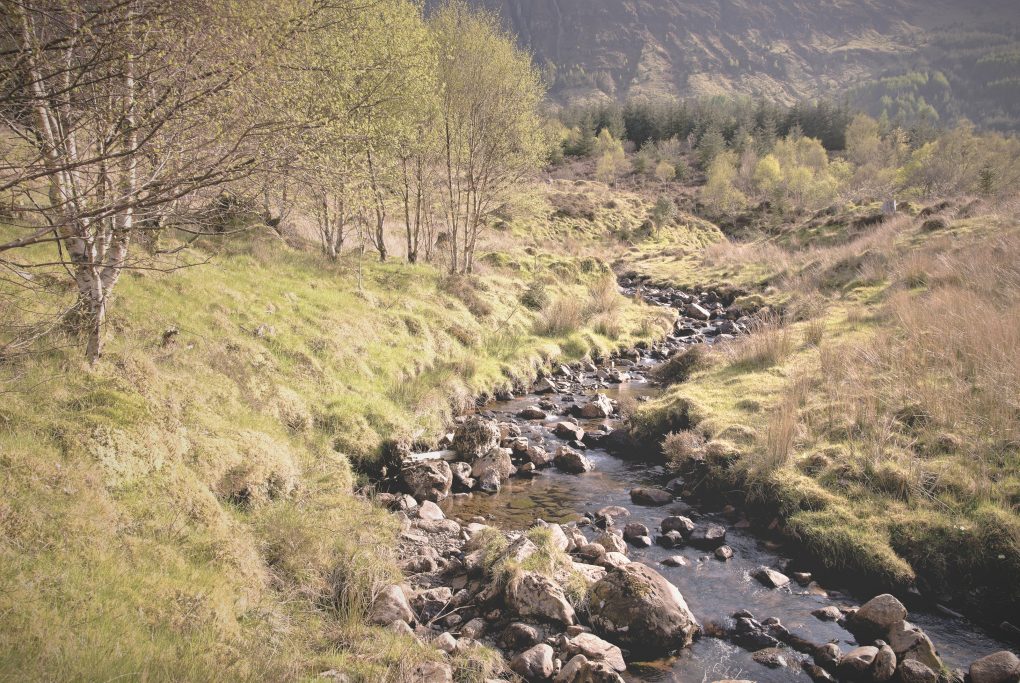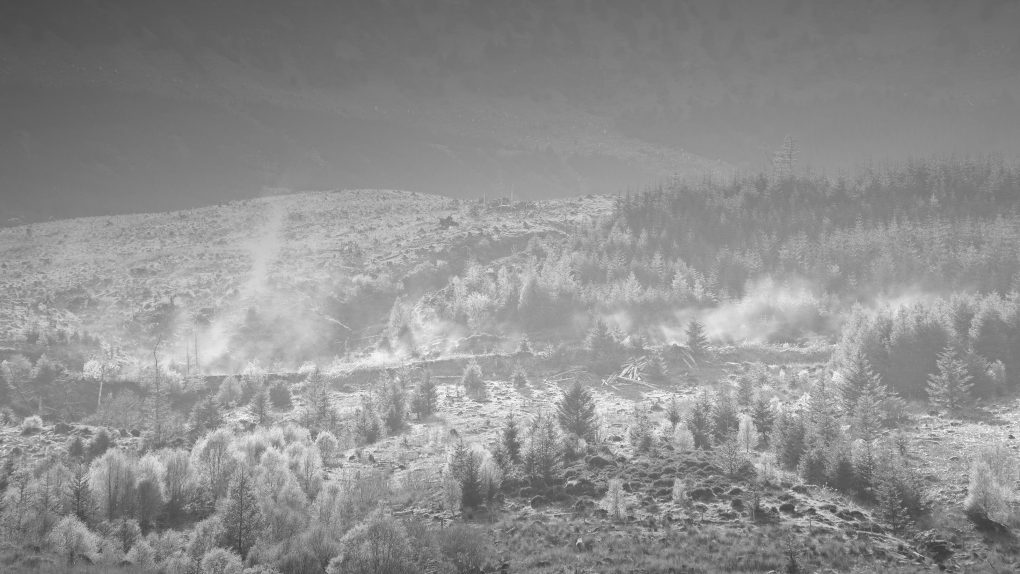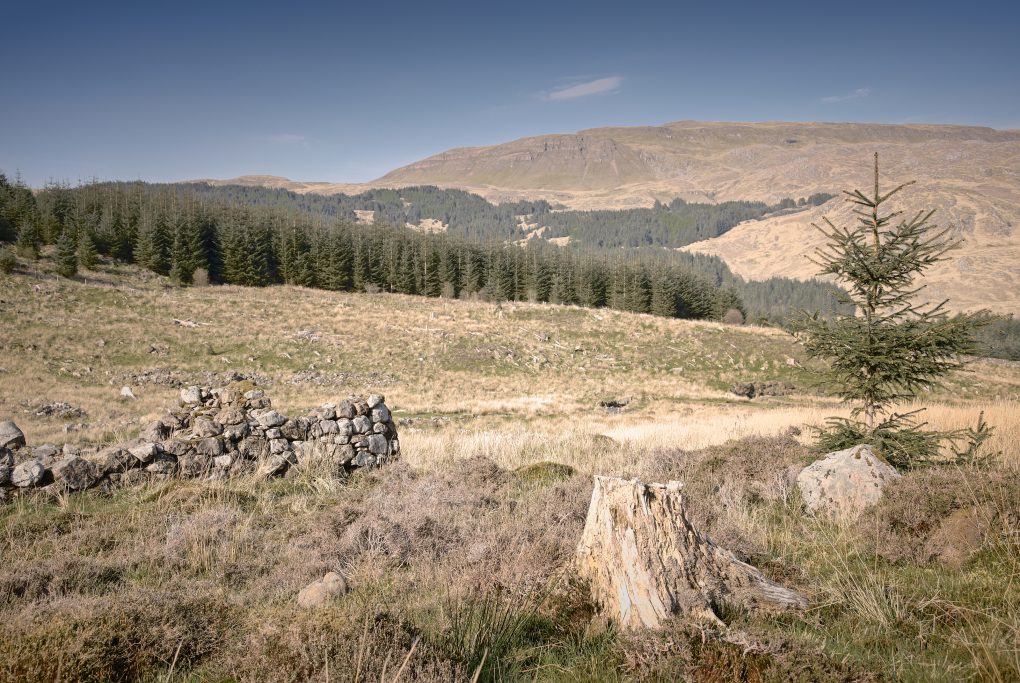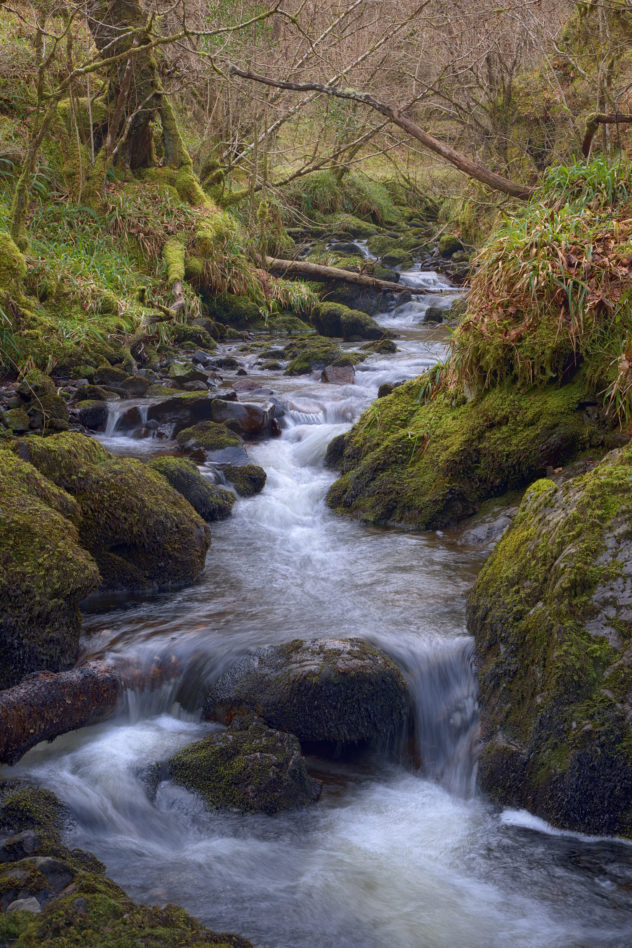Can’t beat Scotland’s West Coast in summer. Saturday was spent exploring a new place to me, Smirisary in Glenuig, Lochaber.
A beach of large psammite outcrops with lyprophyre dykes
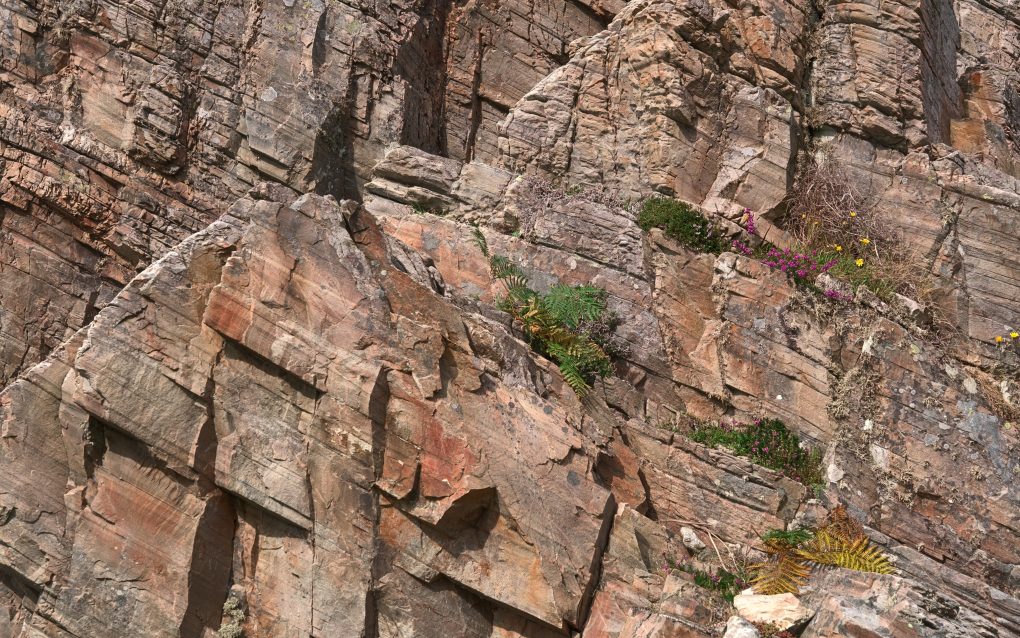
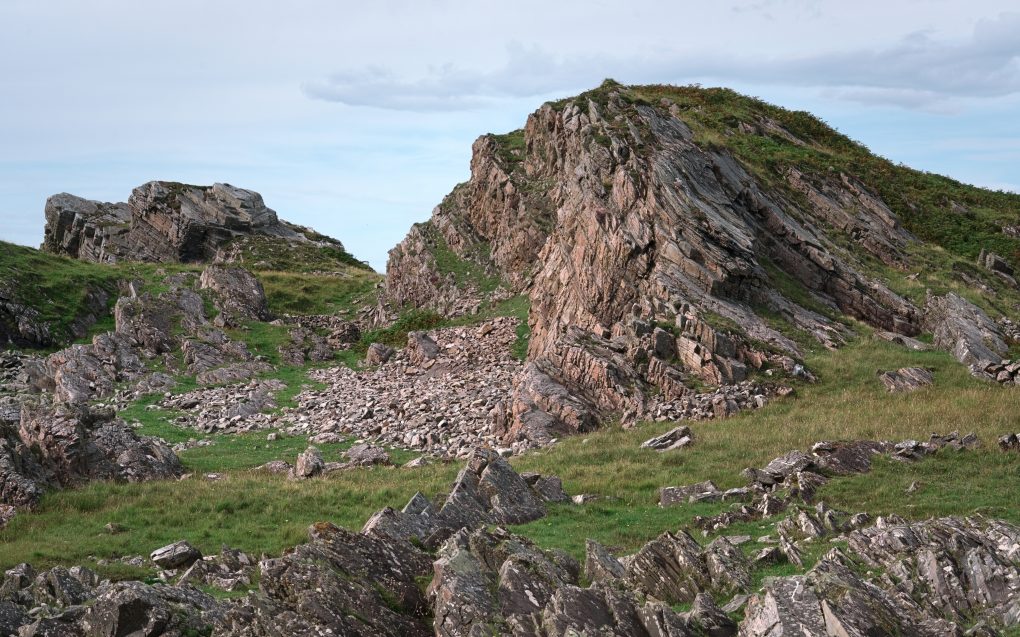
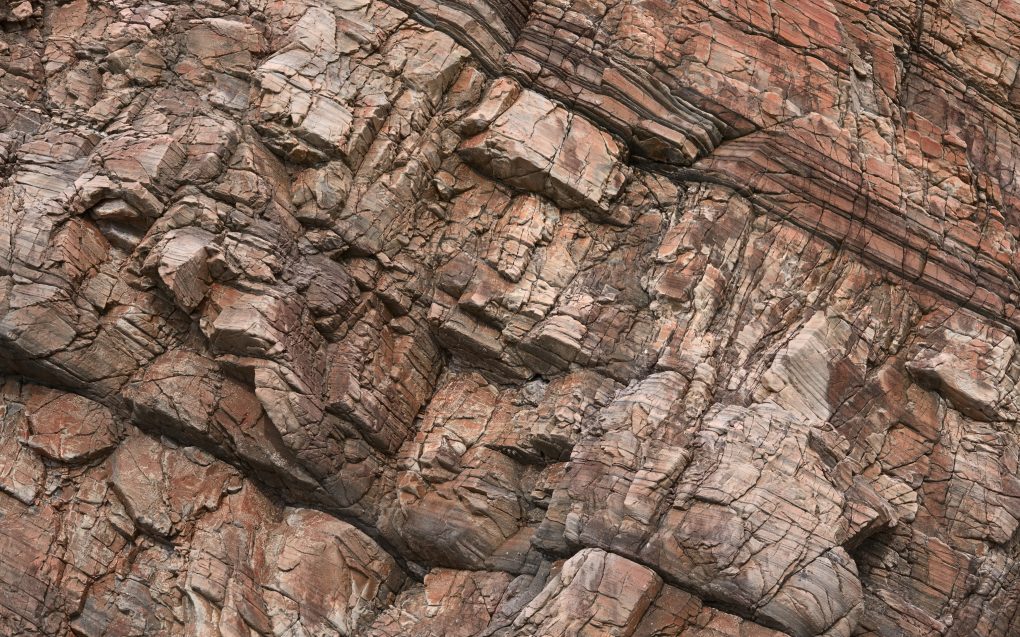
Cracks and sedimentary strata lines in an exposed lump of psammite, Smirisary. 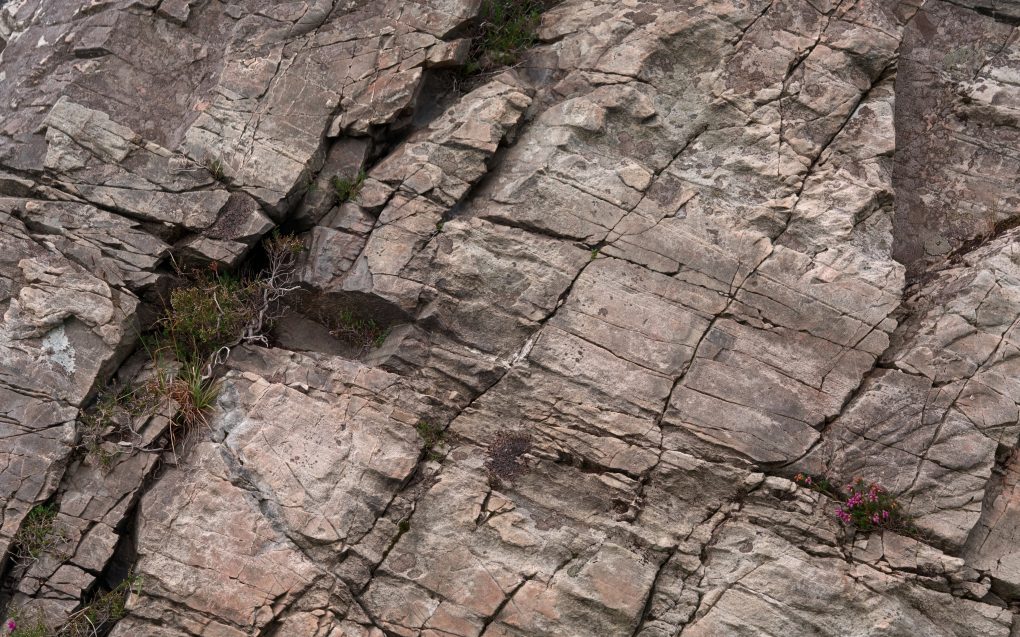
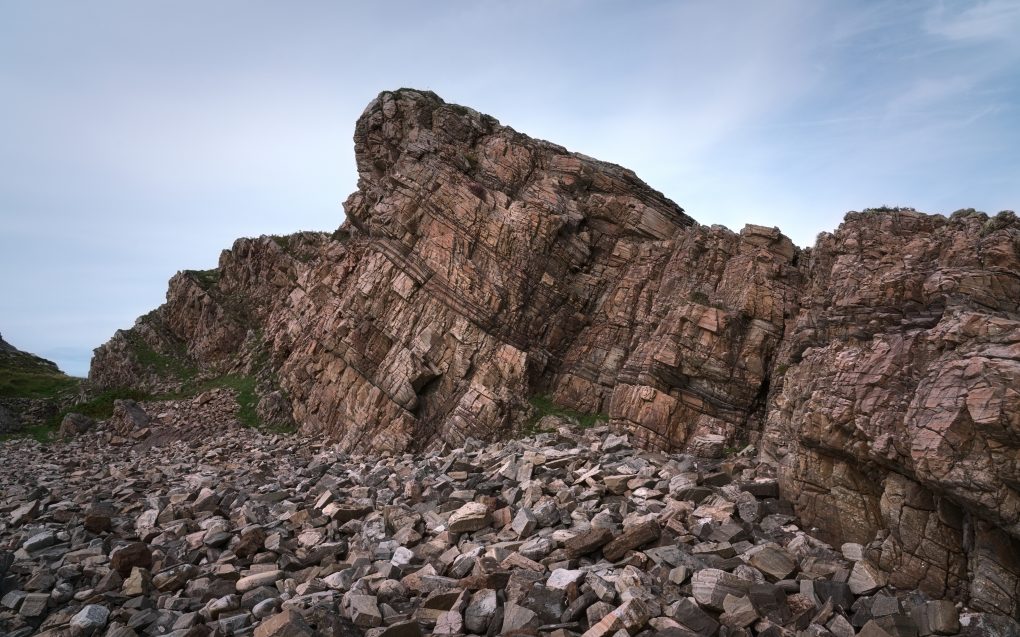
Erosion in action: an exposed lump of psammite (metamorphosed former sandstone) showing lines of strata and cracks, with gentle folding, yet surrounded by stones and boulders where the sea has eroded it away. 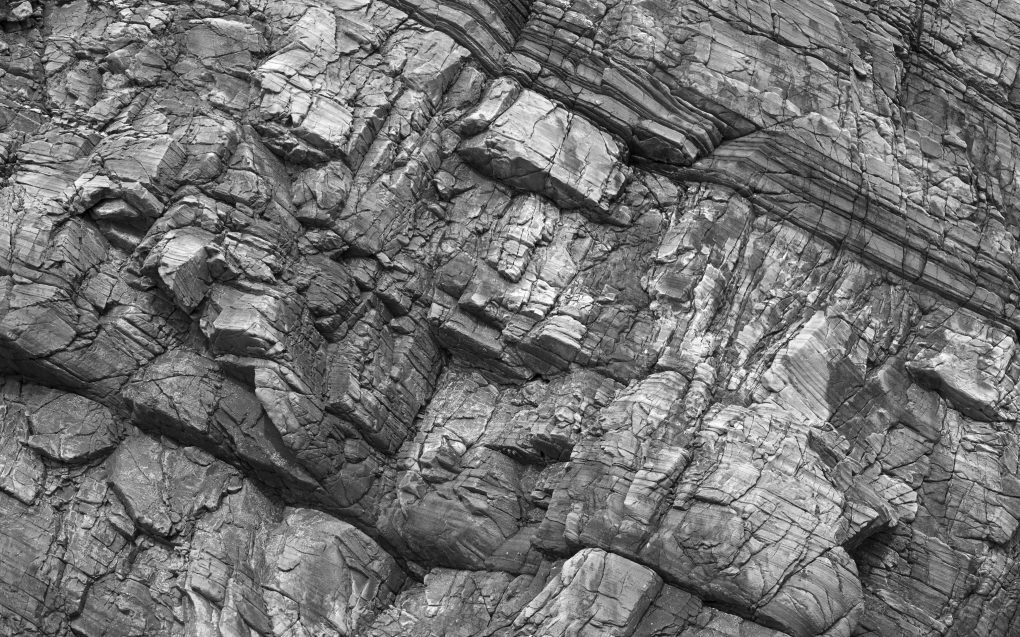
Cracks and sedimentary strata lines in an exposed lump of psammite, Smirisary. 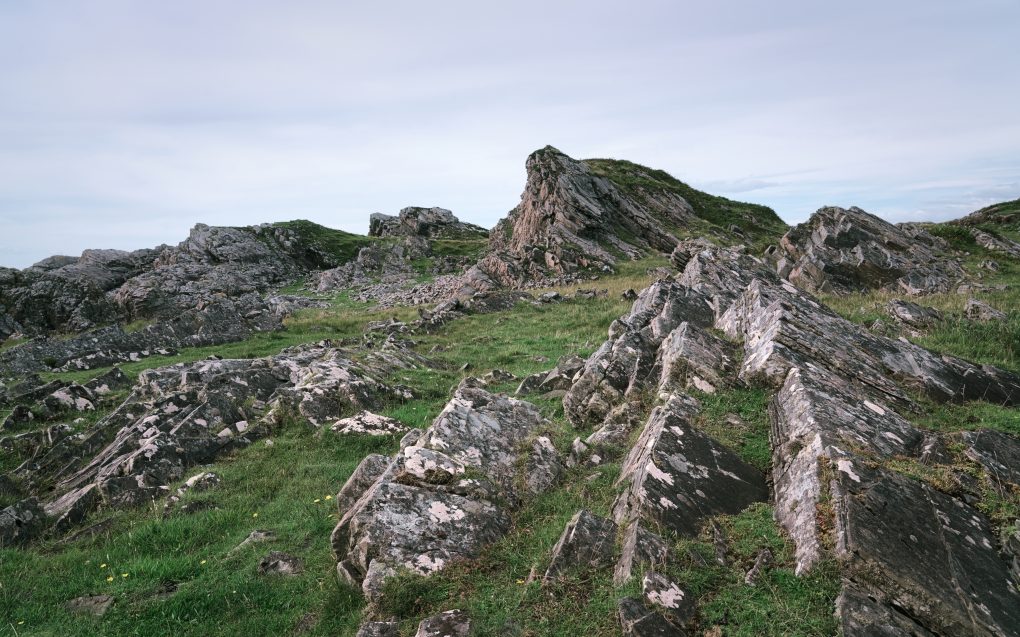
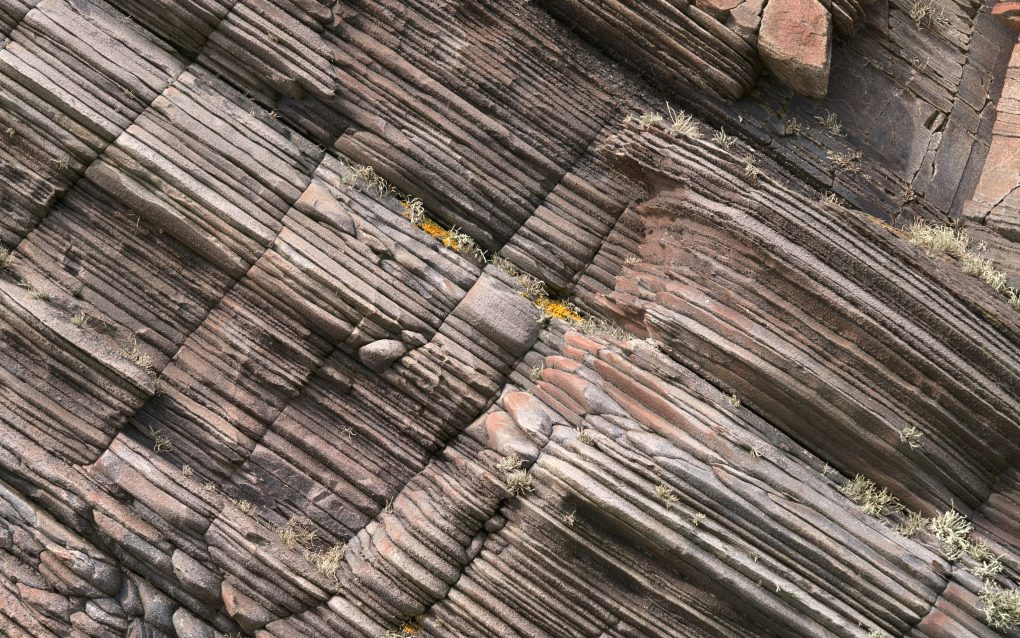
A perfect subject for an abstract art: dense close strata layers of psammite (mid/coarse-grained metamorphosed sandstone) tightly packed.
Signs of habitation – old (but possibly still in use) croft/houses just above the shore in amongst the caves
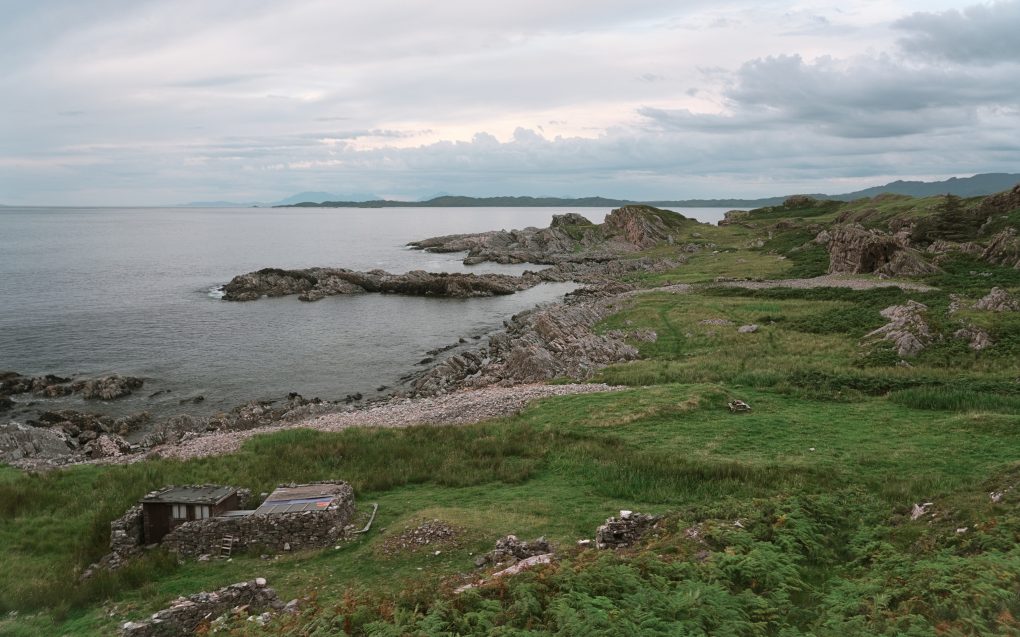
Signs of settlements – Smirisary forms a small cluster of houses down around the shoreline, nestling amongst the rocks. 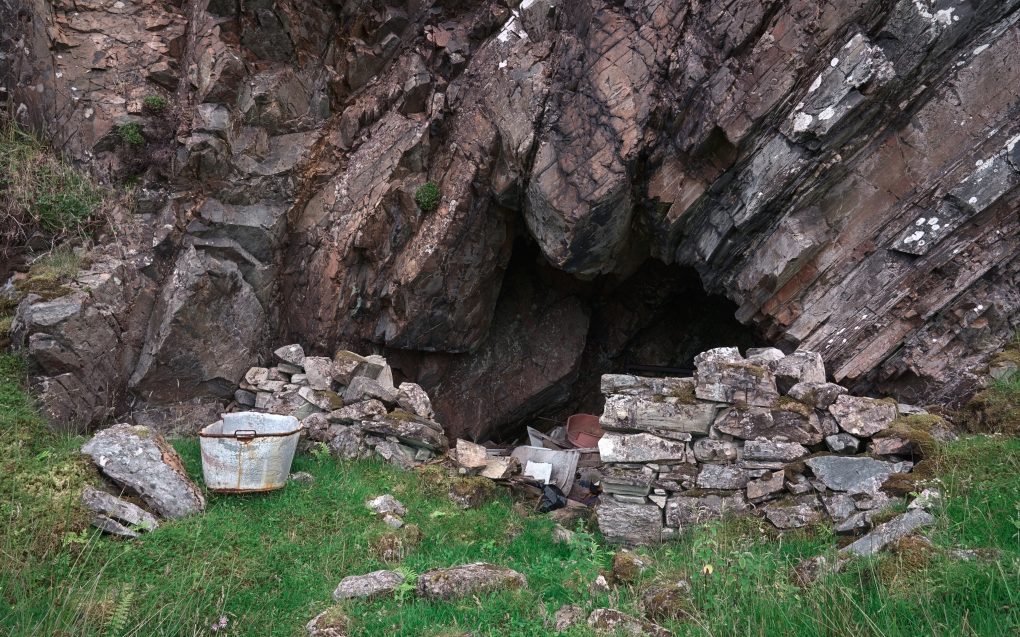
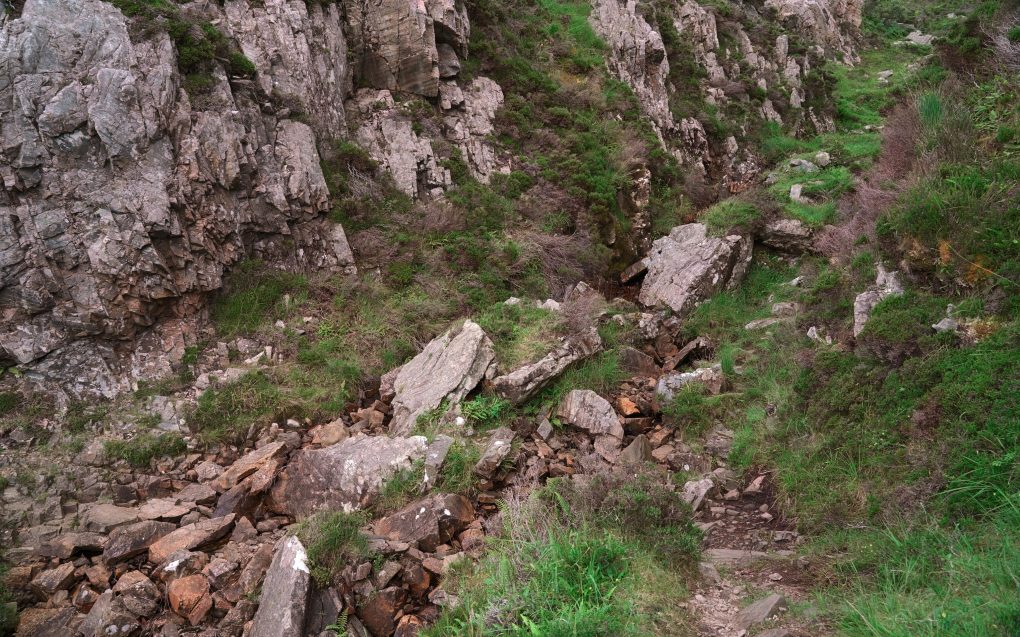
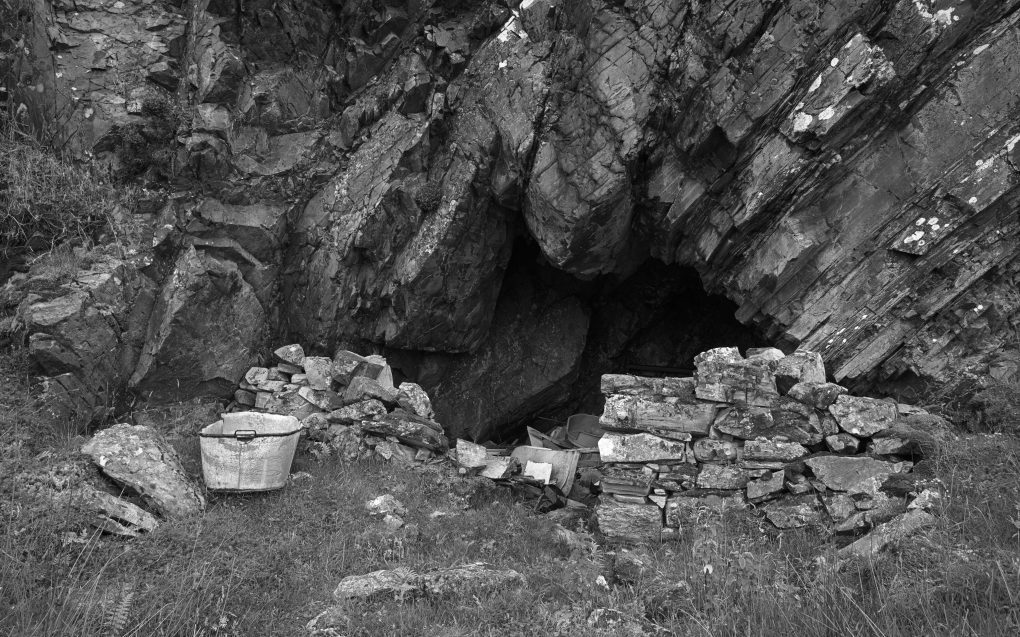
Evidence of former habitation. Just because the west coast has its culture and traditions does not mean we should refrain calling out an example of litter for what it is in the context of environmental pollution. Discarded metal bath-tub and other crap in a cave-mouth, Smirisary. 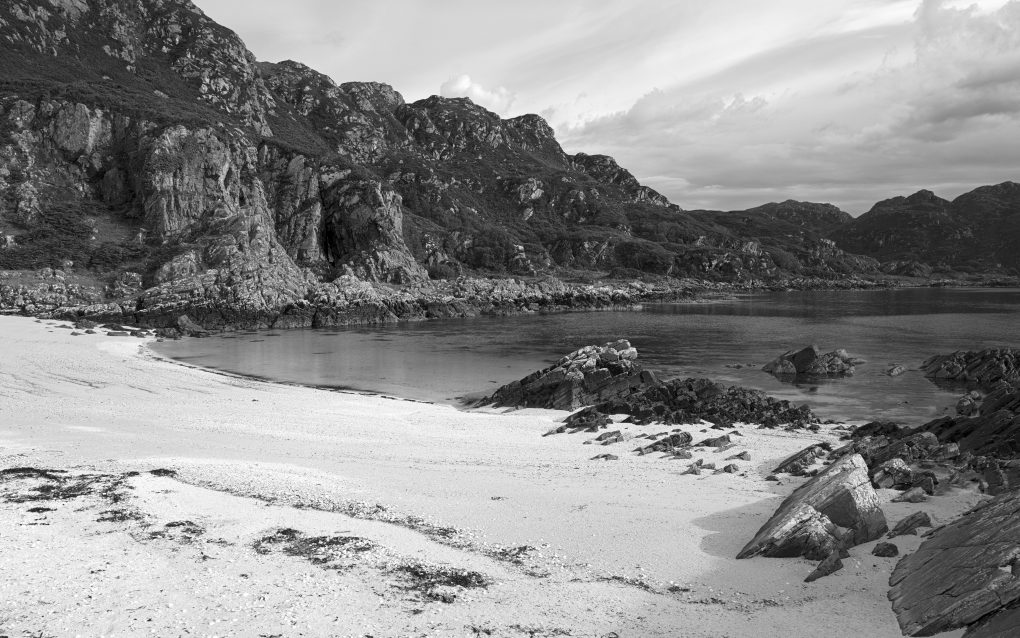
A beautiful beach – ideal for a paddle in the shallow seas with Dog – surrounded by rocky cliffs. 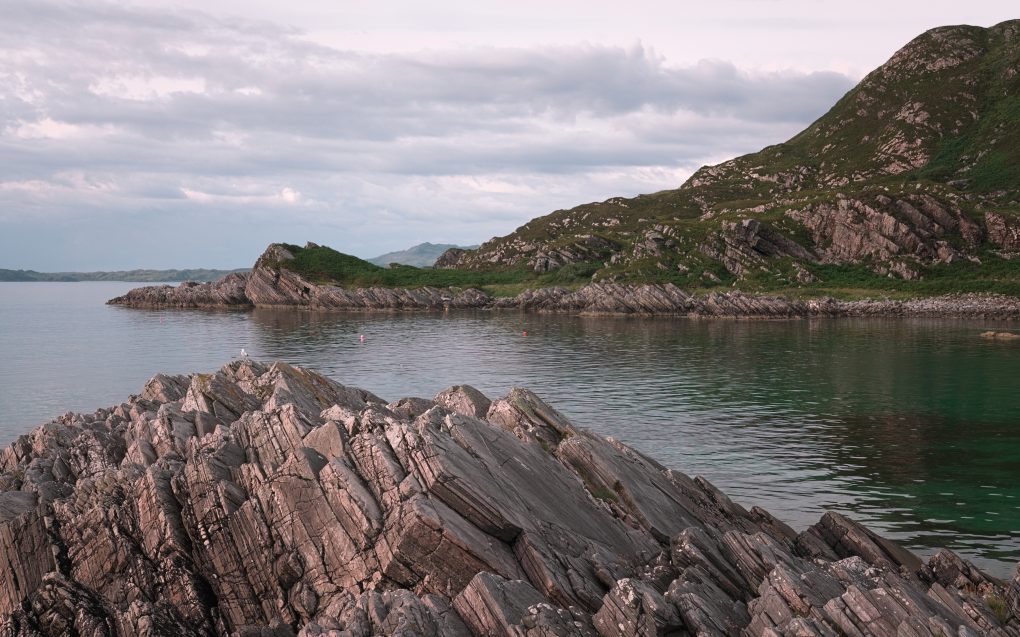
Beautiful landscapes – wide vistas via light on the sea out to the islands of Eigg and Rùm on the horizon
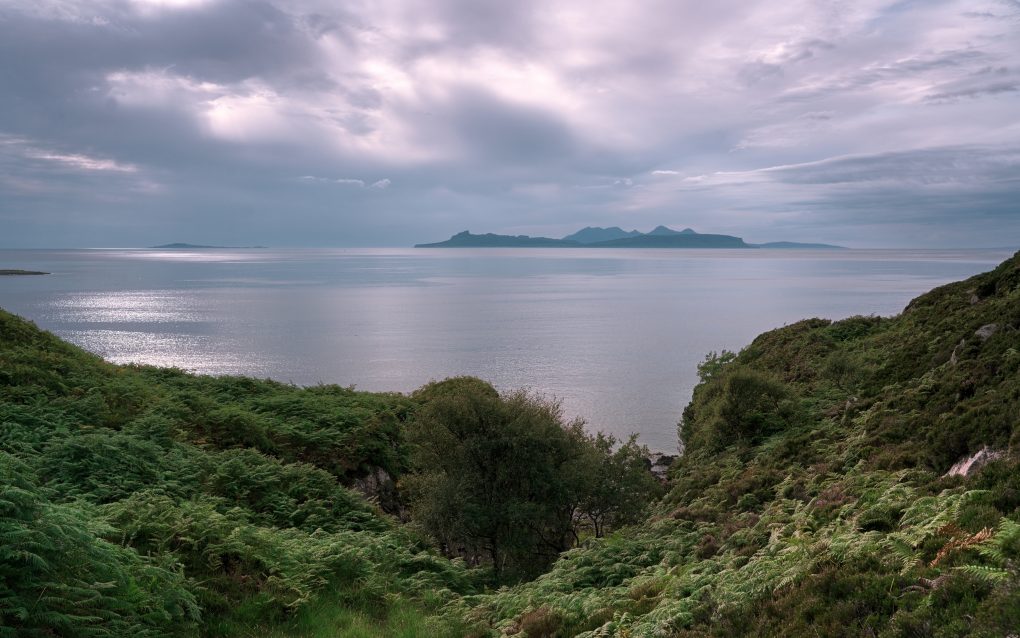
Sunlight playing on ferns in the foreground, looking out to the islands of Much, Eigg and Rum with their distinctive mountain outlines on the horizon. 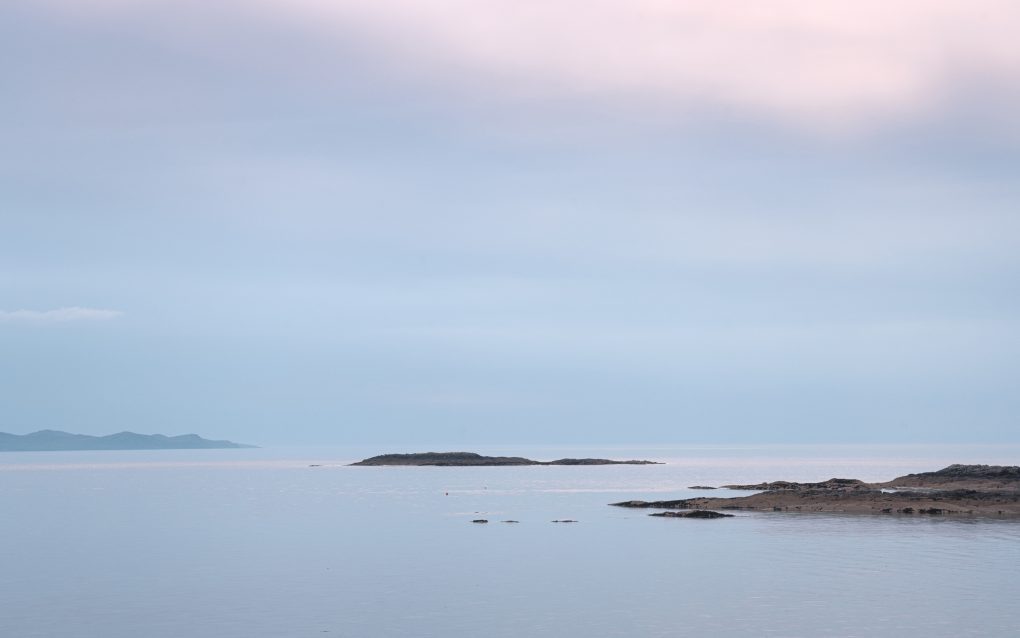
Sky meets sea in an atmospheric haze of glowing light. Very ethereal. 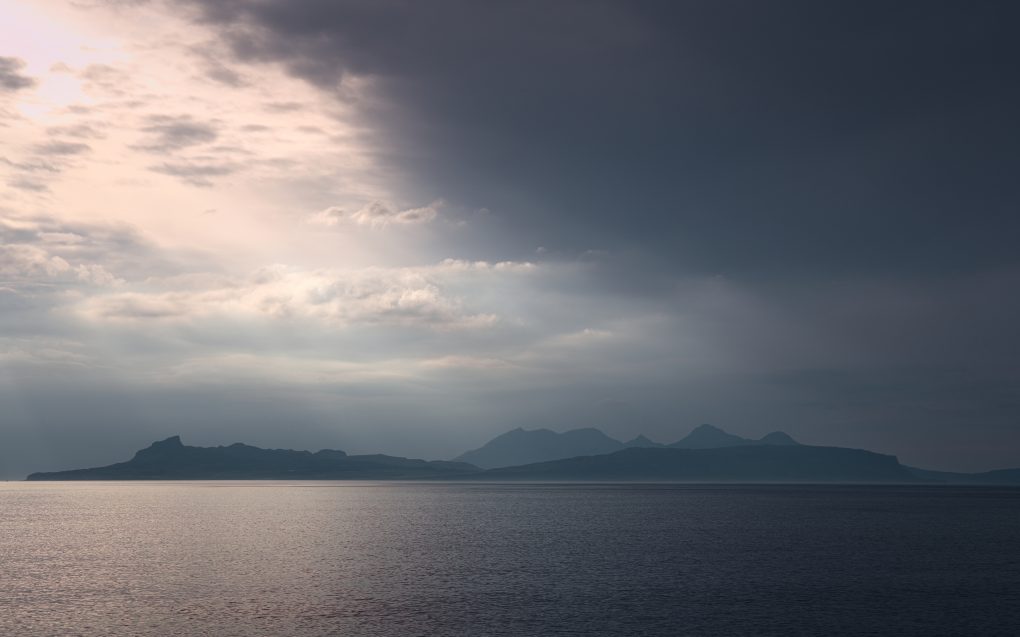
Dramatic light: crepuscular rays emanating from dark clouds over the islands of Eigg and Rum across the water. 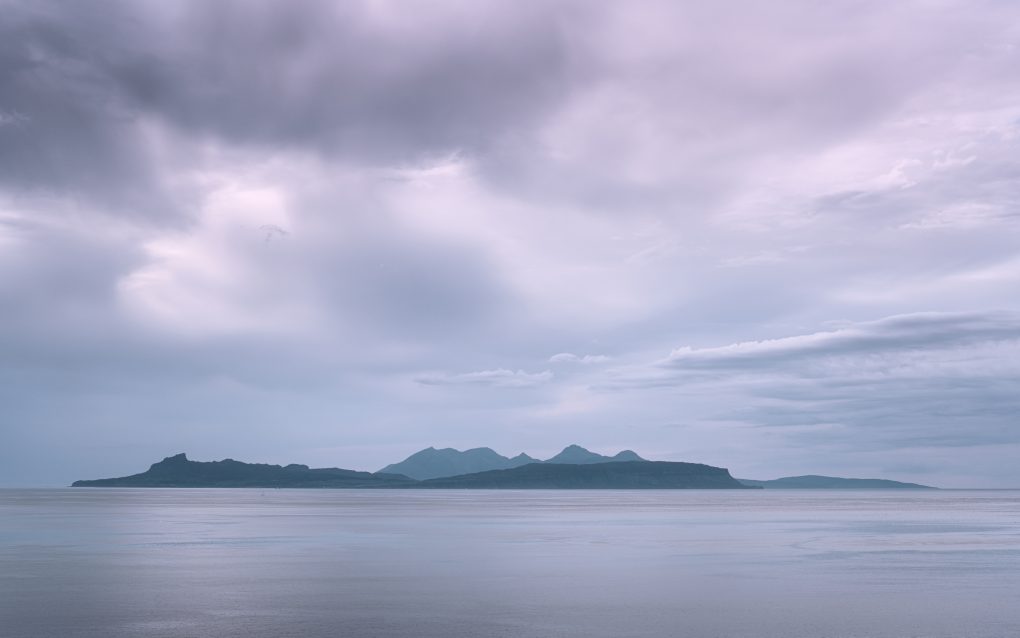
A variety of types of cloud billowing gently over the distinctive outlines of Eigg and Rum on the horizon.
And on the way back home we called in at Loch Eilt by the roadside – partly to wash the salt water out of the dog, but also to admire the symmetrical reflections. The midges were out in force, pesky and biting as ever, but the photos were worth it…
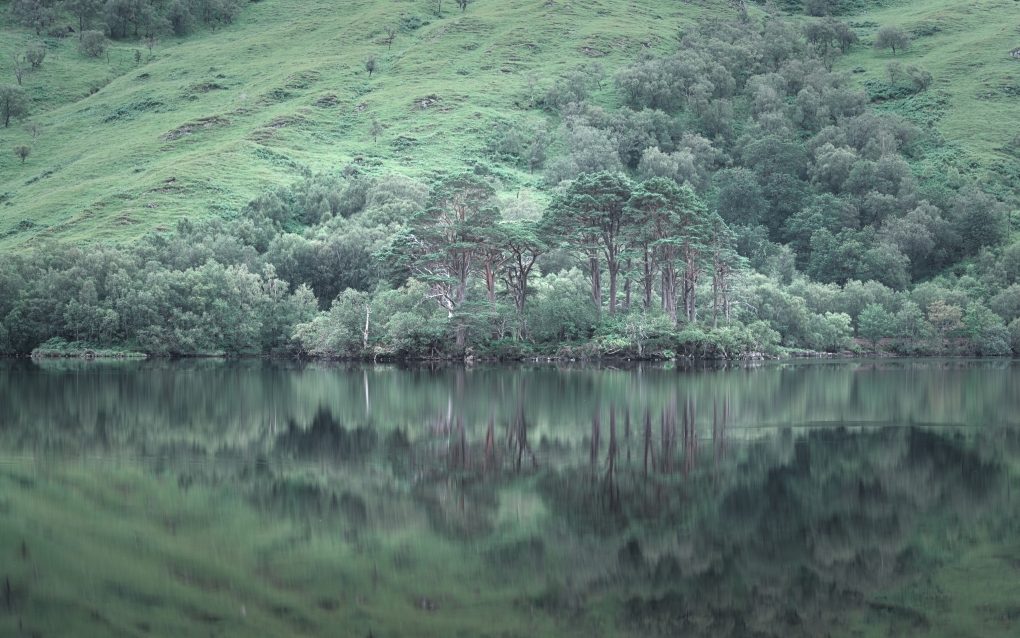
Pure green: Scots Pine trees on an island across Loch Eilt. Pleasant clear and pure water. Shame about the hordes of midges – some flying so close to the lens I could see them larger than life on the live-view screen. A combination of long exposures sufficed to remove them, however – this is a combination of HDR (5*±0.7EV) and pixel-shift (4*1px offset) for optimal dynamic range and resolution. 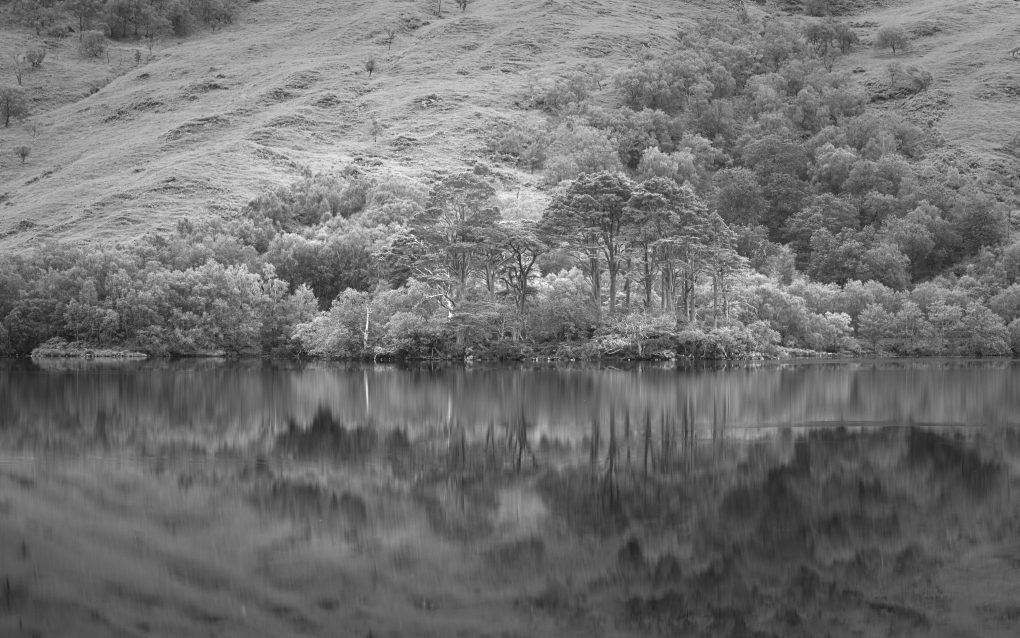
Scots Pine trees on an island across Loch Eilt.Pleasant clear and pure water. Shame about the hordes of midges – some flying so close to the lens I could see them larger than life on the live-view screen. A combination of long exposures sufficed to remove them, however – this is a combination of HDR (5*±0.7EV) and pixel-shift (4*1px offset) for optimal dynamic range and resolution.
